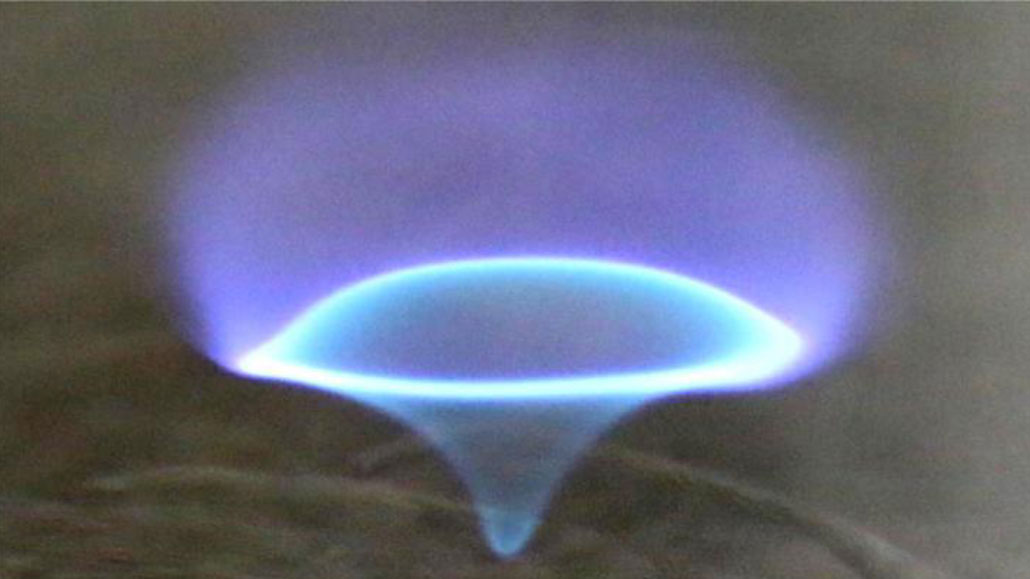
This unusual spinning flame, called a blue whirl, is made up of four different types of flames, researchers report.
Univ. of Maryland

This unusual spinning flame, called a blue whirl, is made up of four different types of flames, researchers report.
Univ. of Maryland